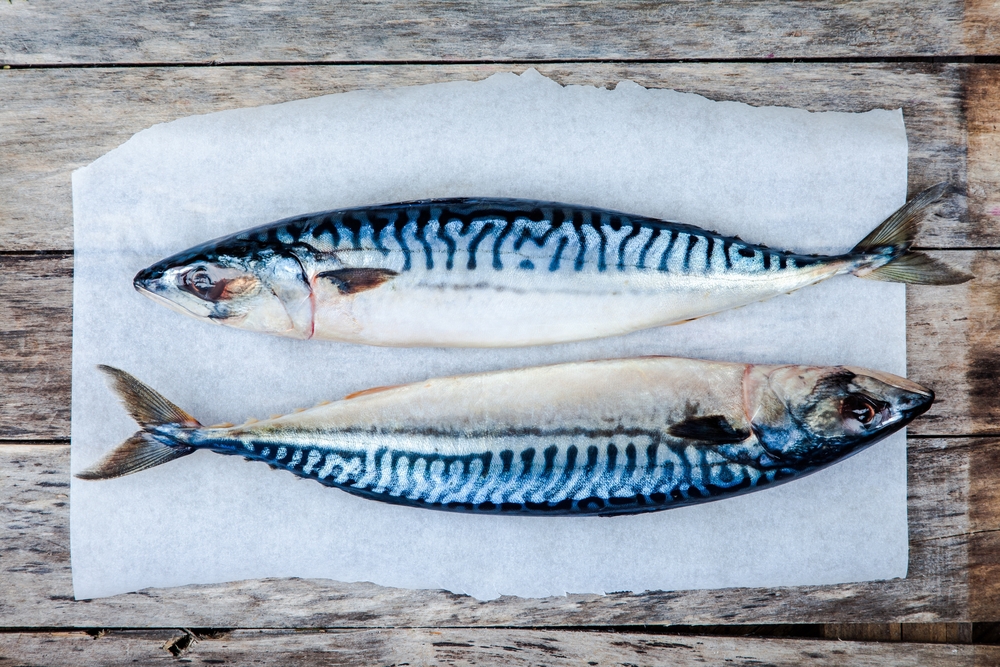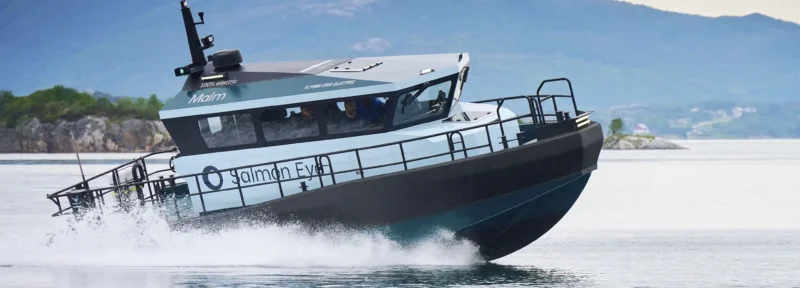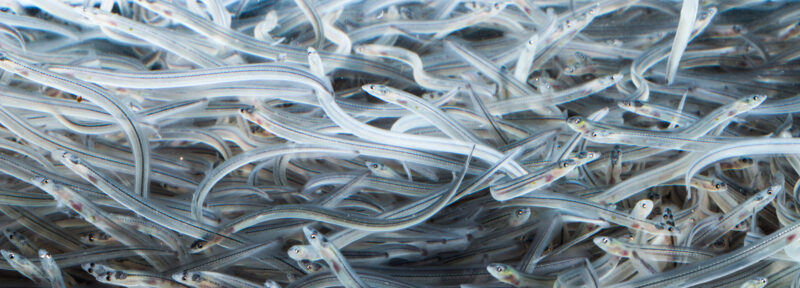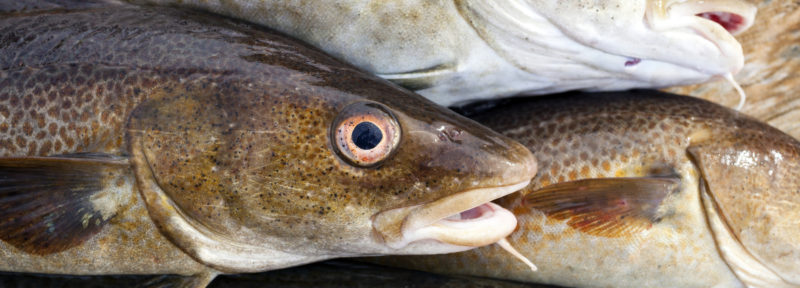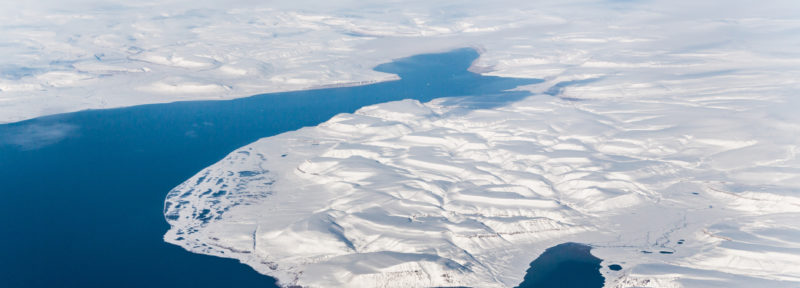Small Fish, Big Opportunity: New Quota Decision May Help Struggling Atlantic Mackerel
ᐃᓕᓴᕆᔭᐅᔪᖅ: Ekaterina Kondratova
The humble mackerel is not a popular regional symbol—it’s less majestic than a whale, less thrilling than a shark, and arguably less delicious than a lobster.
However, while you may not think of the mackerel when you think of Atlantic Canada, it plays an important role in both the ecosystem and the fishing industry. In the ocean, they are what’s called “forage fish”: marine predators like bluefin tuna, sharks, whales and seabirds all rely on them for food. In turn, mackerel act as predators for smaller organisms like zooplankton. This link in this food web is critically important to ecosystem health. Humans also benefit from plentiful mackerel. Their primary use in the Atlantic provinces is as bait for lobster, the area’s most lucrative fishery. We eat mackerel, too—smoked, processed or just filleted fresh on the BBQ. Commercial fishermen can catch mackerel through a regional quota or as part of a bait license, but it is also one of the few marine fish that are caught recreationally. Anyone can put a fishing line in the water, catch mackerel off the dock and bring it home for dinner, as long as you throw back the small ones!
Unfortunately, Atlantic mackerel are in trouble. In 2014, Fisheries and Oceans Canada (DFO) scientists concluded that the population of mackerel that swims into Atlantic Canadian waters and spawns in the Gulf of Saint Lawrence had declined to a critically low level of abundance. Listing a population of fish in the “critical zone” is as ominous as it sounds—it means the stock status (abundance) has declined to a level where serious harm is occurring, and fishing must be kept to the lowest possible levels. According to DFO’s precautionary approach framework, “at this stock status level, there may be resultant impacts to the ecosystem, associated species and a long-term loss of fishing opportunities.” The collapse of mackerel stocks in Atlantic Canadian waters would represent not just a loss for the mackerel fishery, worth millions annually, but also affect the lobster fishery, as well as reduce the food available for other commercially important species. DFO will consider these factors and policies as the Department prepares to set the mackerel quota for the year.
Restricting fishing to the lowest possible level may seem like a fairly simple thing to do, but it’s not. First, some harvesters don’t believe that the scientific assessments reflect what they see on the water, making quota restrictions difficult to accept. Climate change is also creating additional challenges and frustrations. And in working through the complexities of fisheries management—including fleet sector differences, lobster bait needs, interprovincial demands, and the fact that the US fishes the same mackerel stock—it has been a competition between short-term needs versus long-term rebuilding.
To date, short-term human needs have won out, and the situation remains dire. Current estimates still put the population in the critical zone. Further, recruitment—the number of fish predicted to survive to spawn in the future—is at an all-time low, among other signs of deteriorating stock health. Models clearly show that the number of mackerel we are fishing is too high to lead to population recovery. Historically, landings of mackerel in Canada’s waters have averaged around 20,000 tonnes from 1960-2018, ranging from 54,726 tonnes in 2005 to a historic low of 4,273 tonnes in 2015. In 2018, we removed almost 10,500 tonnes of mackerel from our waters—500 tonnes more than the quota. Current protections show that the status quo of 10,000 tonnes has less than a 50 per cent chance of growing out of the critical zone by 2021, with little growth projected. In order to rebuild the stock out of the critical zone, a quota of zero (no fishing) would have a 68 per cent probability of success, with the stock growing over the next two years.
Some positive changes are taking place in the fishery. Thanks to more stringent reporting requirements, we have a better handle (though not yet complete) on the catches from the bait fishery than we did in the past. In addition, new regulations are being proposed to limit the recreational fishery to 20 fish per person per day. This will still allow anyone to fish mackerel recreationally, but it will prevent those few who abuse the privilege by catching commercial-sized volumes this way.
We are also fortunate that the science we have to rely on for mackerel is robust. Called a “data rich” fishery by DFO scientists, we have more information to assess mackerel stock health than we do in many other fisheries. Scientists, in collaboration with industry, are also quite far along in developing a Management Strategy Evaluation for mackerel, which is considered the gold standard in fisheries science and management. We have the information we need, and the government has committed to following the best available science advice.
DFO will release its decision on the 2019 quota for mackerel in the coming months. There are lots of people who would be disadvantaged in the short term from a quota cut. But in the medium and long term, the risk of sustained current fishing pressure will disadvantage people and the ecosystem for years to come.
Who will win out? Let’s hope it’s the mackerel, to preserve the future of this important fish for all the creatures who rely on it—human and non-human alike.

